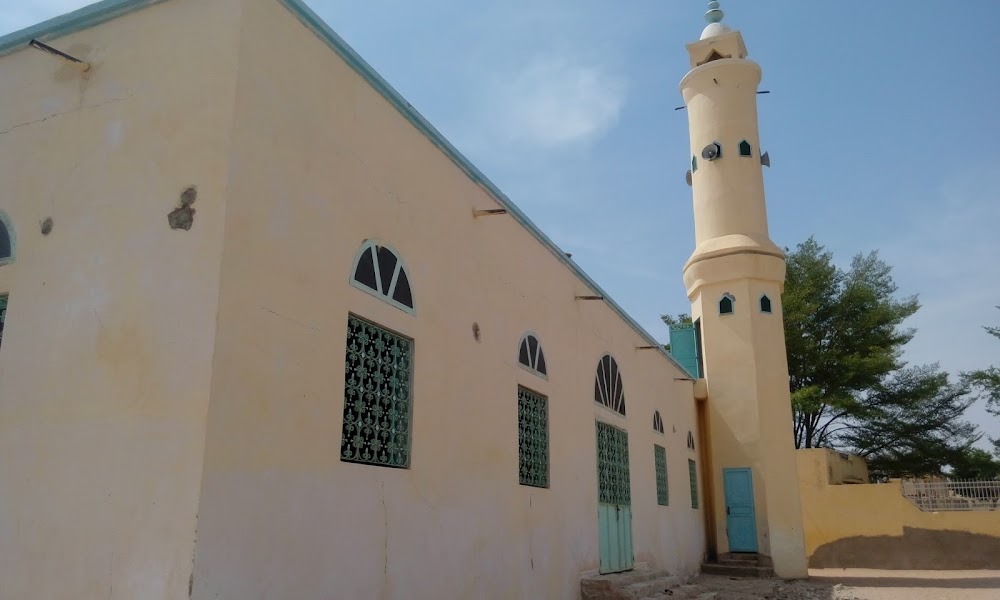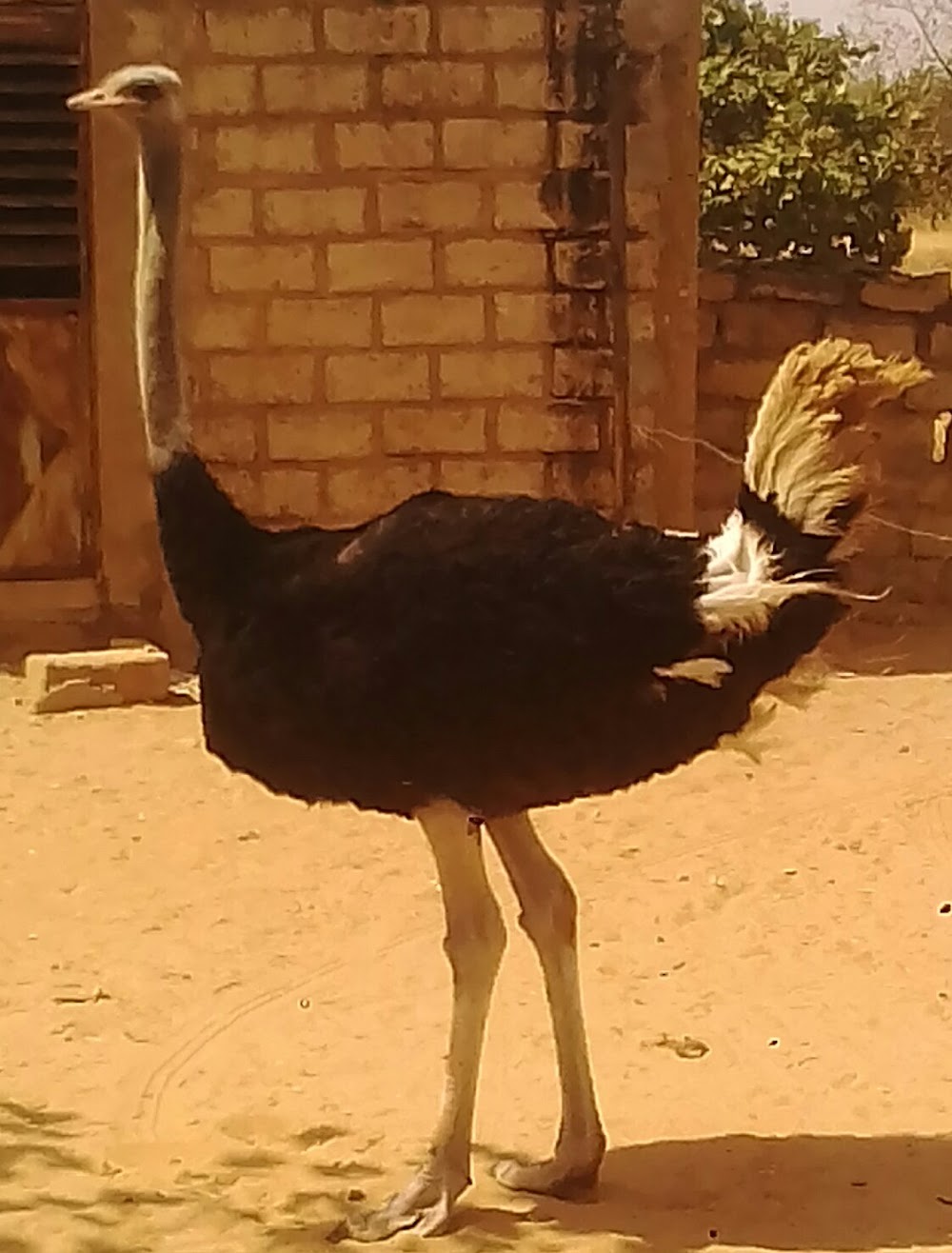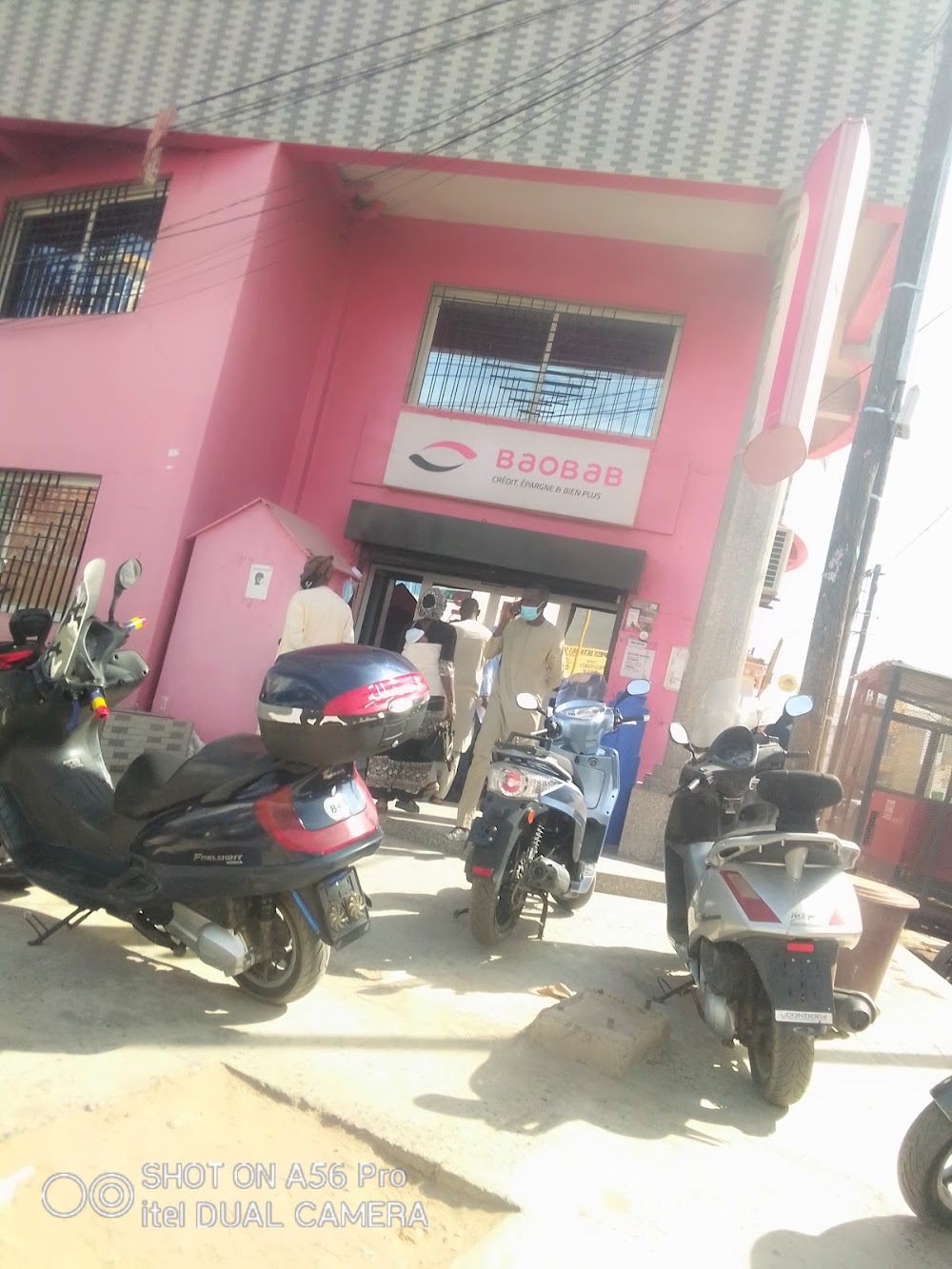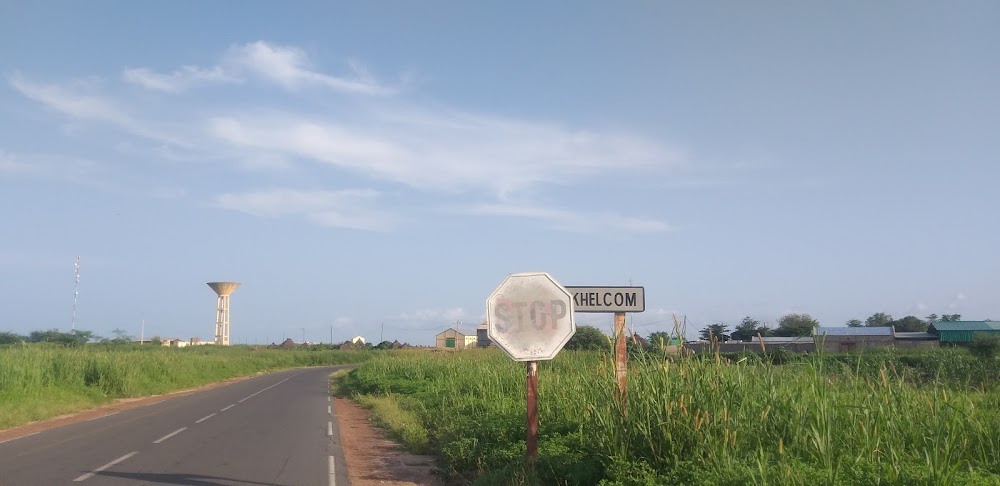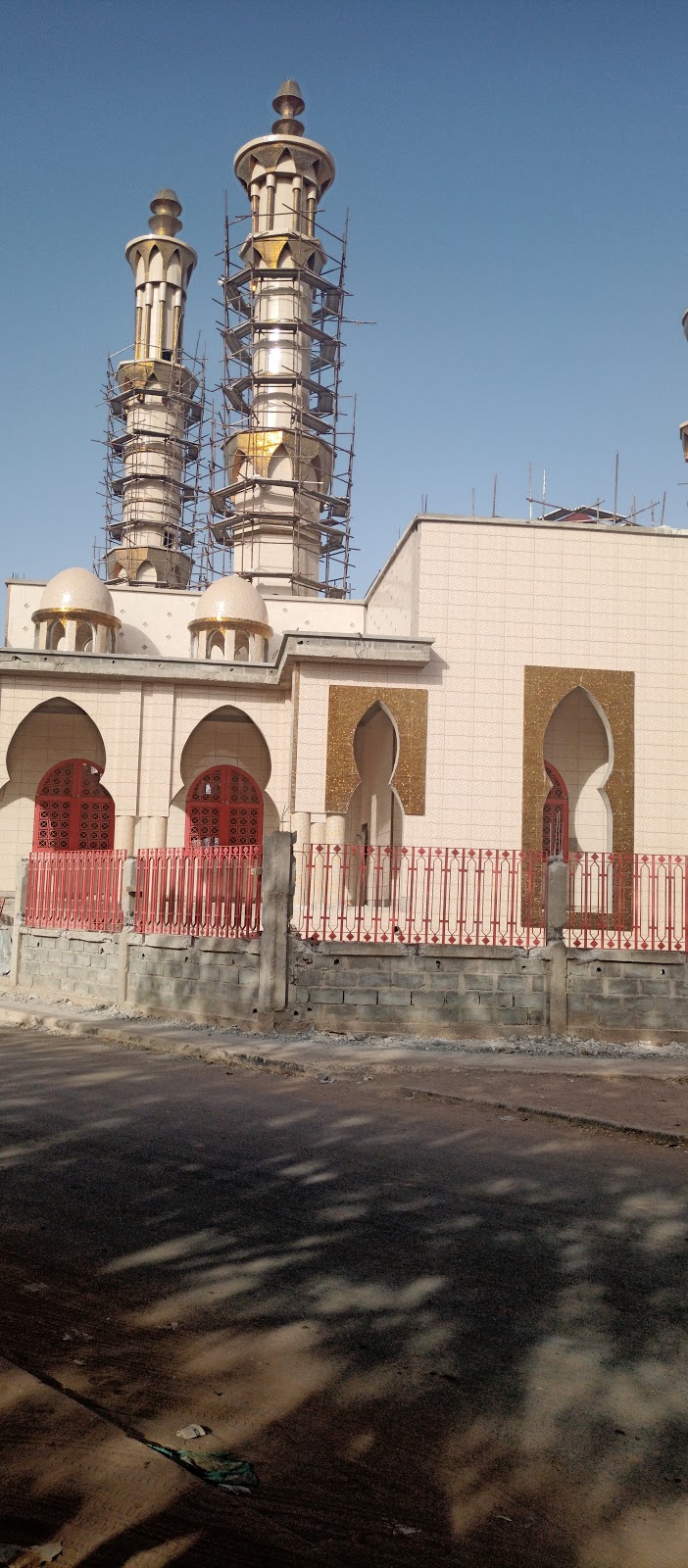Ngabou Forest (Forêt de Ngabou)
Overview
Nestled in the Diourbel Region of Senegal, the tranquil Kaabu, or Ngabou Forest, is a hidden gem brimming with history and natural beauty. This expansive forest, characterized by its lush greenery, serves as a testament to nature's resilience and the dedication of local communities committed to its preservation.
Originally, the land that is now Ngabou Forest faced the harsh realities of desertification, a common challenge in the Sahel region. In the late 20th century, local communities recognized the critical importance of greenery for both their livelihoods and the surrounding ecosystem. This realization sparked a grassroots initiative aimed at transforming the barren landscape into a flourishing forest.
The rejuvenation project began with humble beginnings, as villagers planted saplings of native trees such as Acacia, Baobab, and Tamarind. These species were carefully selected for their resilience in dry climates and their cultural significance. Guided by community elders, younger members learned traditional planting techniques that ensured the saplings could withstand the sweltering heat and scarce rainfall. This collective endeavor required immense discipline and effort, as the entire community rallied to water and nurture the fledgling plants.
Support from non-governmental organizations and government bodies played a vital role in this transformation, providing financial aid, agricultural expertise, and essential resources. Tools such as drip irrigation systems were introduced, along with knowledge of sustainable forestry practices. Workshops and training sessions equipped villagers with advanced techniques in soil management, water conservation, and overall forest care.
Over the years, the saplings grew into majestic trees, creating a vibrant canopy that welcomed back birds, mammals, and insects long absent from the area. The improved soil quality also benefited nearby agricultural lands, with farmers reporting enhanced yields thanks to the microclimate created by the forest.
In addition to revitalizing the ecosystem, the community embraced sustainable forest product initiatives. Small-scale industries emerged, producing honey, medicinal herbs, and handicrafts from forest resources. These ventures provided alternative income sources for farmers, alleviating pressure on the land and promoting continued forest protection. Women, in particular, played a pivotal role in these industries, gaining economic empowerment through their connection to Ngabou Forest.
The forest has also become a hub for educational activities, attracting schools from nearby towns for field trips focused on ecology and conservation. These experiences foster a sense of ownership and pride among the younger generation, reinforcing their commitment to the forest's ongoing preservation.
Ecotourism has flourished in Ngabou Forest as families and nature enthusiasts seek to experience its tranquility and rich biodiversity. Simple eco-lodges constructed from sustainable materials blend seamlessly with the environment, providing visitors with guided educational tours led by community members who serve as both custodians of the forest's history and protectors of its future.
Each year, the community comes together to celebrate the birth of Ngabou Forest with a vibrant festival filled with music, dance, and storytelling. This event serves as a time for reflection on their journey, recognition of their achievements, and planning for the future. Elders share stories of the past with children, ensuring that the legacy of hard work and dedication is passed down through generations.
Kaabu, or Ngabou Forest, stands as a living symbol of human resilience, community spirit, and the remarkable transformations that can occur when people unite for a common cause. Its inspiring story continues to resonate, demonstrating the extraordinary possibilities that arise from determined effort and sustainable practices.


